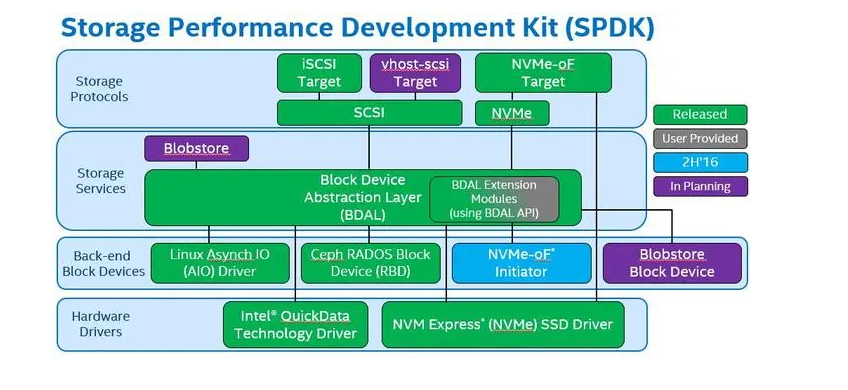Hi there! From what I understand, you are asking about the IPv4 transit-rewrite node. Allow me to explain what happens in this process.
Firstly, the TTL (Time-to-Live) value in the IPv4 header is decremented. This value determines how long a packet can travel before being discarded. Next, the IPv4 header checksum is fixed to ensure that the packet has not been corrupted during transmission.
The IP adjacency is then fetched, which identifies the next hop for the packet to be forwarded to. The outbound MTU (Maximum Transmission Unit) is checked to ensure that the packet size does not exceed the maximum allowed by the network.
Once these checks are complete, the adjacency rewrite takes place. This involves modifying parts of the packet’s header to reflect its new destination and ensuring that it can be correctly routed through the network.
Finally, once all modifications have been made, the packet is sent on its way to its new destination via the adjacency rewrite header’s rewrite_next_index.
I hope that helps answer your question! Let me know if you need any more information.





















